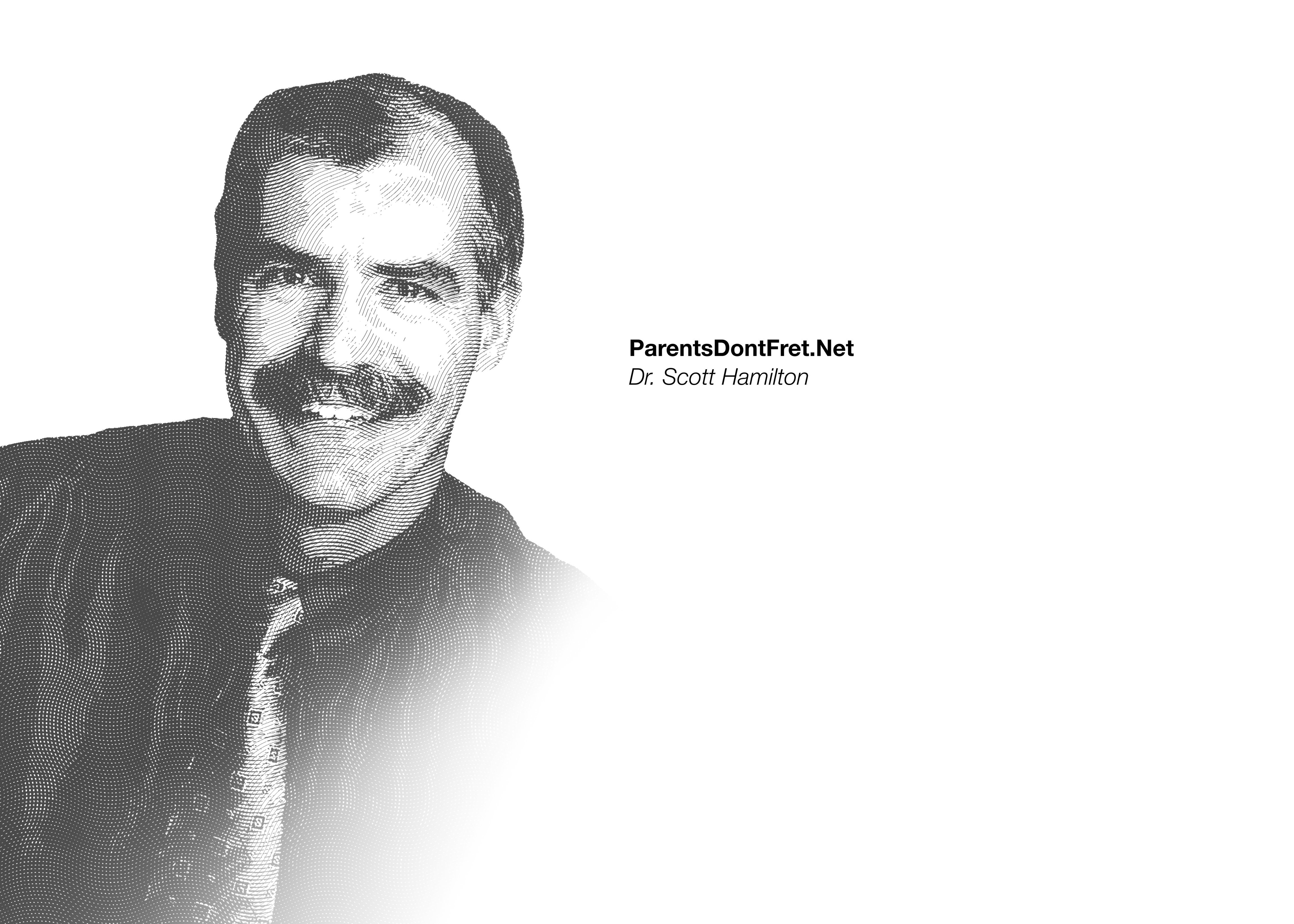
Website to merge into Ochsner.org on August 8!
ochsner.org
ochsner.org

Last Sunday, due to church in the morning, work in the evening, and grass long enough to hide large rodents, I mowed the lawn in the middle of the day. I was ready- I did each part of the yard when shaded by trees, wore my sun helmet (a wide, airy hat like mail carriers wear), and took frequent cooling and hydrating breaks indoors. Going in for one of those breaks, I took off my helmet, and yelped when I burned my hand on it’s top. It was HOT!
Heat injuries in children are increasing. As the planet warms, there’s lots more opportunities for kids and teens to get dangerously overheated. Also, kids are getting more obese, and bigger bodies generate more heat and shed it less efficiently. And while the invention of car seats has saved kids’ lives in car accidents, they also make kids less noticeable and more easily forgotten, to be left trapped in hot cars.
What happens when you’re in the heat? First, you sweat, and water evaporating off your skin takes heat with it. You also turn red as blood brings heat to your skin surface, to radiate it away. However, these mechanisms don’t work so well on hot humid days. If it’s too humid, sweat won’t evaporate, but just accumulate on your skin, keeping your heat with it. And if it’s as hot out as it is inside your body, there’s nowhere for the excess heat to radiate out to. Finally, it takes time to “acclimate” to heat, where your body learns to sweat and radiate more efficiently; the typical teenager needs 10-14 days of outdoor work to get used to it.
If you cannot shed heat well enough, your core temperature begins to rise, and organs begin to cook. “Heat exhaustion” is when early signs of heat injury arise. As your brain heats, you get headaches, become easily confused, and have nausea and vomiting. You get dizzy and fatigued from dehydration. Muscles begin to cramp. Then comes “heat stroke,” where the victim begins to stagger when walking, is delirious, may have seizures, before lapsing into a coma.
I experienced heat exhaustion myself once on vacation. While in North Carolina, I went running with my marathon-competing brother Pat. I was fit enough to keep up, but didn’t consider that I always exercise indoors. I wasn’t acclimated to heat like Pat, who trains outdoors. Half way through, my bald head (say it isn’t so!) began to cook in the sun. I started having a headache, worsening fatigue, muscle pain, and nausea. We cut home and I spent several hours in the a/c pouring cold water on my head, walking around to evaporate sweat, and slugging down gallons of fluids.
As we mentioned above, two groups of kids get heat injury: exercising teens, and small kids in hot cars. If children or adolescents show signs of heat exhaustion like I did, it’s time to treat. Get the child out of the heat: indoors to a/c, or at least into shade. Strip off hot clothes and equipment (i.e. football pads and helmets). Cool skin with cold wet towels, or ice baths with a cold towel over the head. Hydrate with cold fluids. If kids show signs of heat stroke- staggering, confusion, vomiting- get them to the ER.
To prevent heat exhaustion in athletes, they need to acclimate. This takes 10-14 days, and should be gradual and safe. Work-outs should be early morning or late evening when it’s coolest. Avoid hot equipment like in football, lacrosse, and baseball catching, for the first weeks of practice: shorts and t-shirts only, helmets and pads later. Players need frequent hydration breaks in the shade, with coaches vigilant for signs of injury.
Car seats have saved thousands of lives. However, now that kids aren’t sitting in laps, they’re easily forgotten. Children are often quiet in car seats. Then when arriving at the store or work, you forget to take them out. It doesn’t take very long, or even a very hot day, for a trapped infant or toddler to die. Even on mild spring days, the sun can heat car interiors dangerously, even with cracked windows. So never leave kids in cars, no matter how quick you think you’ll be. Set alarms or other reminders when buckling your child in, to remember to take them out after the drive.